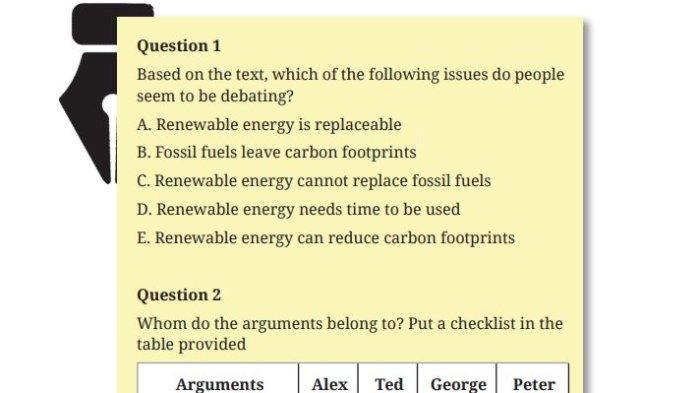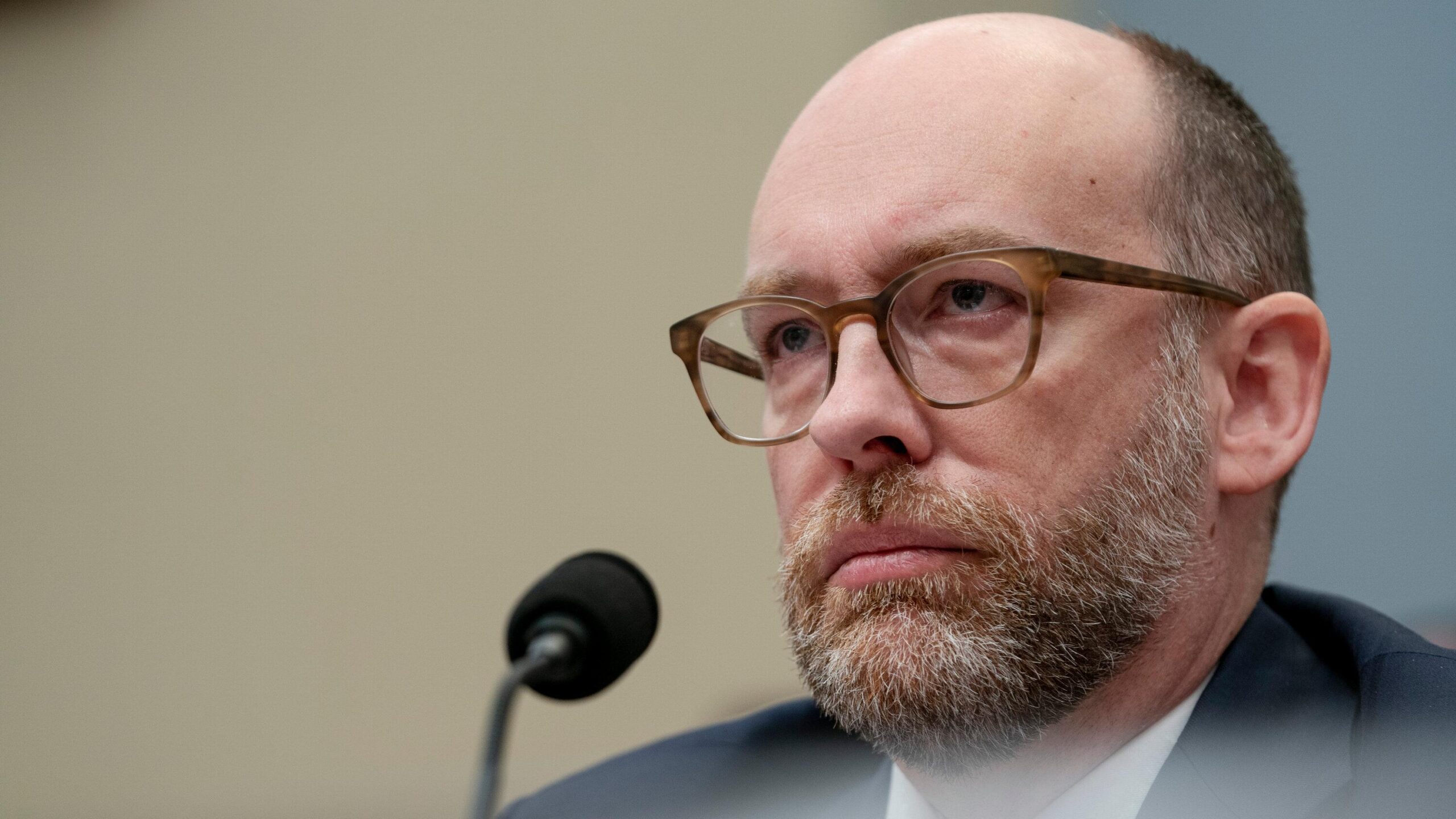In an era where instant communication reigns supreme, why does it still take an eternity to call the House? The House, once the hallowed chamber where laws were debated and decisions shaped the destiny of nations, now finds itself mired in a labyrinth of parliamentary procedure and partisan gridlock. As the world watches impatiently, resolutions languish and bills wither on the vine, raising the tantalizing question: why the exasperating delay? Journey with us as we delve into the depths of this enigma, unraveling the intricate strands of legislation, partisanship, and the elusive art of consensus in the hallowed halls of the House.
Table of Contents
- - The Obstacles Bewildering Billiards Swift Summons
- – Illuminating the Enigmatic Delays: A Comprehensive Analysis
- – Expediting the Call: Innovative Strategies and Practical Solutions
- Closing Remarks

– The Obstacles Bewildering Billiards Swift Summons
Billiard balls, like wayward children, can be maddeningly elusive when you need them most. The table becomes a vast expanse of empty space, mocking your every attempt to summon them.
Causes of Billiard Ball Resistance
The most common culprit is simply a lack of technique. A gentle tap or flick of the cue is rarely enough to propel a ball into the desired pocket. Instead, you need to strike the cue ball with the appropriate force and accuracy. Practice makes perfect.
Cue ball placement also plays a crucial role. If the cue ball is not positioned correctly, it will either bounce off the target ball or send it in an unexpected direction. Experiment with different angles until you find the sweet spot.
* environmental factors can also affect the movement of billiard balls. A humid room can cause the balls to stick to the table, while a cold room can make them move more slowly. Be aware of your surroundings and adjust your strategy accordingly.
– Illuminating the Enigmatic Delays: A Comprehensive Analysis
Unveiling the Variables that Lengthen the Wait
Various factors influence the duration of the delay in calling the House. These include:
Unexpected technical difficulties: Electromechanical failures, software glitches, or network outages can necessitate troubleshooting, delaying the initiation of calls.
Staffing fluctuations: Employee absences due to vacations, sick leave, or emergencies can lead to reduced availability, resulting in a queue of pending calls.
Peak demand: High call volumes during certain hours or on specific days of the week can strain the system’s capacity, causing extended待ち時間s.
Systemic Obstacles to Call Completion
Beyond these immediate variables, the system itself presents certain hurdles that contribute to delays:
冗長なメッセージングシステム: Lengthy automated messages or complicated menu structures can consume valuable time, particularly for callers unfamiliar with the system.
| Response Speed | Example |
| ———– | ———– |
| < 1 minute | “Thank you for calling. A representative will be with you shortly.” |
| 1-2 minutes | “Due to high call volume, your wait time is approximately 2 minutes.” |
| > 2 minutes | “We apologize for the delay. An estimated wait time is not currently available.” |
Limited call capacity: A finite number of representatives available to answer calls can create bottlenecks, leading to increased待ち時間s.
Inefficient prioritization: Call centers may not prioritize callbacks effectively, resulting in long waits for urgent inquiries.
– Expediting the Call: Innovative Strategies and Practical Solutions
Addressing the Delays: Identifying Bottlenecks
Examining the underlying causes behind the extended wait times is crucial. Consider common hurdles faced by house staff, such as:
Patient influx: Unexpected surges in patient volume can overwhelm staff, leading to increased call response times.
Complex cases: Intricate medical conditions may demand extensive consultation and planning, delaying the response.
Equipment limitations: Inadequate or faulty equipment can hinder efficient communication, contributing to delays.
Streamlining Processes for Swift Response
Implement innovative strategies to minimize wait times:
Establish clear communication protocols: Define standardized protocols for call triage and escalation, ensuring timely and appropriate responses.
Utilize technology: Leverage mobile devices, paging systems, and telemedicine platforms to facilitate seamless communication between healthcare professionals.
Empower nursing staff: Delegate decision-making authority to nurses trained to handle routine matters, freeing up physicians for more complex cases.
| Feature | Benefit |
|—|—|
| Mobile call apps | Instant communication, real-time updates |
| Virtual consultations | Reduced travel time, expedited decision-making |
| Multidisciplinary triage teams | Efficient prioritization, timely interventions |
Closing Remarks
As the gavel falls, signifying the House’s adjournment, one can’t help but wonder if the echoes of the session will linger, their import still hanging in the air. From the impassioned debates to the hushed negotiations, the House has been the crucible where a nation’s aspirations and challenges are forged. While the physical proceedings may have paused, the relentless march of issues presses on, awaiting the House’s return. Thus, the clock ticks, marking each passing moment as a reminder that the challenges facing this esteemed institution – and the nation it serves – continue to demand attention.


